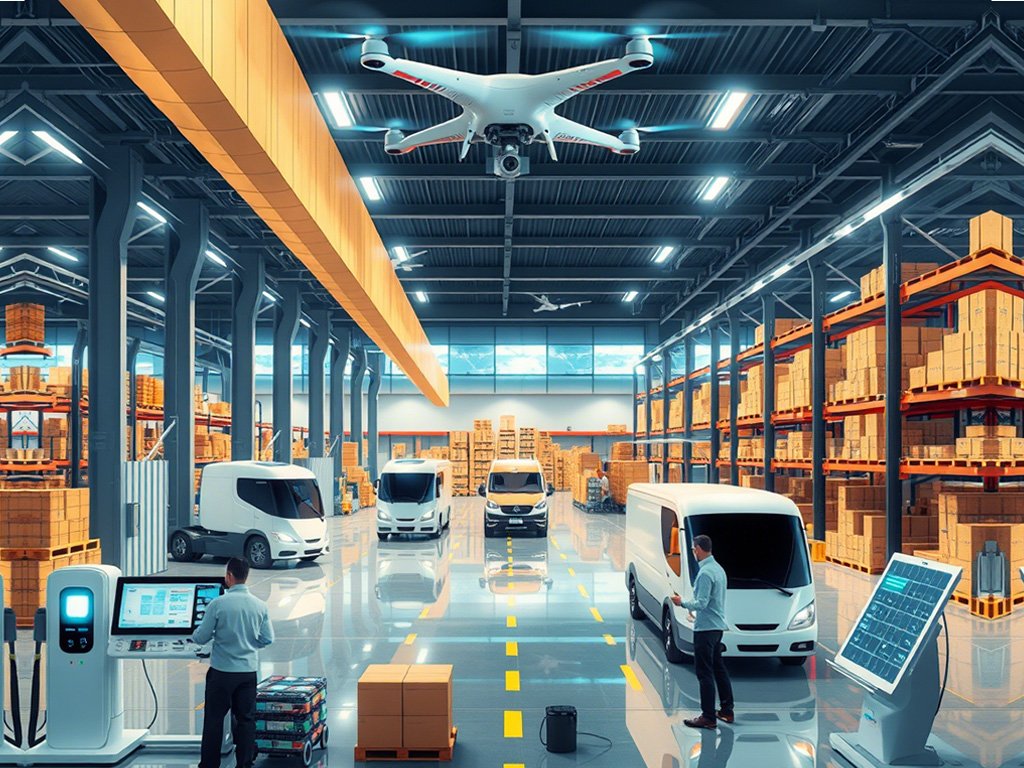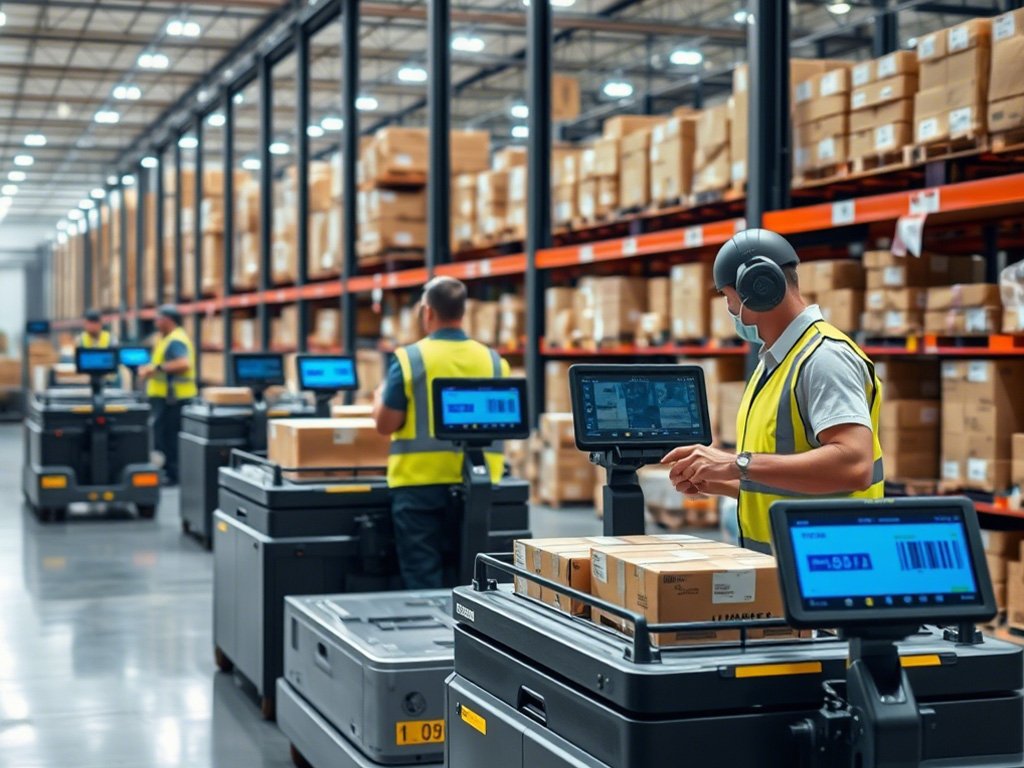
The Future of Business: How Automation and AI Are Transforming Operations
In today’s fast-paced digital age, businesses are undergoing a profound transformation driven by two powerful forces: automation and artificial intelligence (AI). These technologies are not just buzzwords; they are reshaping the way companies operate, compete, and deliver value to their customers. From streamlining processes to enabling smarter decision-making, automation and AI are revolutionizing industries across the globe. In this article, we’ll explore how these innovations are transforming business operations and what it means for the future.
1. What Are Automation and AI?
Before diving into their impact, let’s clarify what these terms mean:
- Automation: The use of technology to perform tasks with minimal human intervention. It can range from simple rule-based systems (like scheduling tools) to complex robotic process automation (RPA).
- Artificial Intelligence (AI): A branch of computer science focused on creating machines that mimic human intelligence. AI encompasses machine learning, natural language processing, computer vision, and more.
Together, automation and AI form a dynamic duo that enhances efficiency, accuracy, and scalability in business operations.
2. Key Areas Where Automation and AI Are Transforming Operations
- A. Streamlined Workflows One of the most visible impacts of automation is the ability to streamline workflows. Repetitive, time-consuming tasks—such
as data entry, invoice processing, or customer service inquiries—can now be handled by intelligent bots. This frees up employees to focus on higher-value
activities like strategy development and creative problem-solving.
For example: - Manufacturing: Automated assembly lines powered by robotics have significantly increased production speed and reduced errors.
- Finance: Banks use AI-driven algorithms to detect fraudulent transactions in real-time, ensuring security without manual oversight.
- B. Enhanced Decision-Making AI excels at analyzing vast amounts of data quickly and accurately. Businesses leverage AI-powered analytics platforms to uncover insights that would take humans weeks or months to discover manually. These insights empower leaders to make informed decisions faster than ever before.
Examples include:
- Retailers using predictive analytics to forecast demand and optimize inventory levels.
- Healthcare providers employing AI to diagnose diseases earlier and recommend personalized treatment plans.
- C. Improved Customer Experiences Customer expectations are higher than ever, and automation and AI play a crucial role in meeting those demands. Chatbots, virtual assistants, and recommendation engines provide 24/7 support while delivering personalized experiences tailored to individual preferences.
Consider these applications:
- E-commerce giants like Amazon use AI to suggest products based on browsing history and purchase behavior.
- Airlines deploy chatbots to handle booking changes, flight status updates, and other common queries instantly.
- D. Cost Efficiency By reducing reliance on manual labor and minimizing errors, automation lowers operational costs. For instance, warehouses equipped with autonomous robots can fulfill orders faster and cheaper than traditional methods. Similarly, AI helps businesses identify inefficiencies in their supply chains, leading to significant savings.
- E. Scalability and Flexibility Automation allows businesses to scale operations seamlessly. Whether it’s handling a sudden surge in website traffic during a sale or expanding into new markets, automated systems adapt effortlessly. Meanwhile, AI provides the flexibility to customize solutions for different scenarios, making businesses more agile.
3. Challenges and Considerations
While the benefits of automation and AI are undeniable, there are challenges to consider:
- A. Workforce DisplacementAs machines take over routine tasks, some jobs may become obsolete. However, this doesn’t mean widespread unemployment—it means a shift in skill requirements. Companies must invest in reskilling and upskilling their workforce to thrive in an automated world.
- B. Ethical Concerns AI raises ethical questions around bias, transparency, and privacy. For example, biased training data can lead to unfair outcomes in hiring or lending decisions. Businesses must prioritize fairness and accountability when implementing AI systems.
- C. Implementation Costs Adopting automation and AI requires upfront investment in technology, infrastructure, and expertise. Smaller businesses may struggle to afford these costs initially, though cloud-based solutions are making advanced tools more accessible.
4. Industries Leading the Charge
Several industries are already reaping the rewards of automation and AI:
- Healthcare:AI-powered diagnostic tools and telemedicine platforms improve patient care and reduce administrative burdens.
- Retail:Smart shelves, cashier-less stores, and targeted marketing campaigns enhance shopping experiences.
- Logistics:Autonomous vehicles and drones revolutionize delivery services, while AI optimizes route planning.
- Banking: Fraud detection, credit scoring, and robo-advisors transform financial services.
5. The Road Ahead: Preparing for the Future
To stay competitive in the era of automation and AI, businesses should adopt the following strategies:
- Embrace a Culture of Innovation: Encourage experimentation and continuous learning within your organization.
- Invest in Technology: Partner with tech providers or develop proprietary solutions to meet your unique needs.
- Prioritize Human-AI Collaboration: Use AI to augment human capabilities rather than replace them entirely.
- Focus on Ethics and Transparency: Build trust with customers and employees by addressing concerns about bias and privacy.
- Stay Agile: Be prepared to pivot as new technologies emerge and consumer behaviors evolve.
Conclusion
The future of business lies in harnessing the power of automation and AI to drive innovation, efficiency, and growth. While these technologies present challenges, they also offer unprecedented opportunities to create value and improve lives. By embracing change and investing in the right tools and talent, businesses can position themselves at the forefront of this transformative wave.
As we look ahead, one thing is clear: the companies that succeed will be those that view automation and AI not as threats, but as partners in progress. The question isn’t whether you’ll join the revolution—it’s how soon you’ll start.




